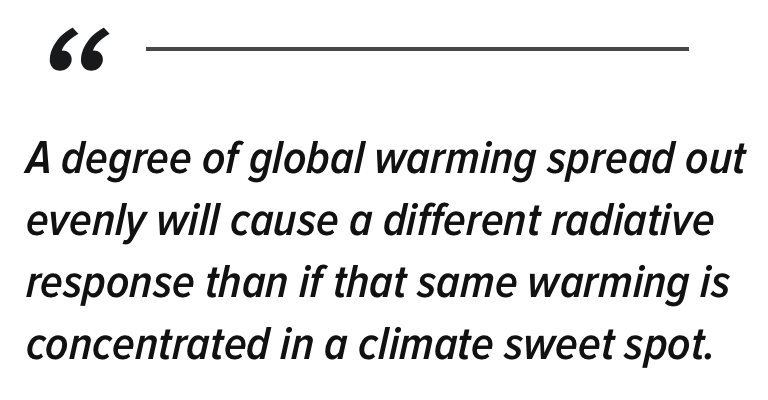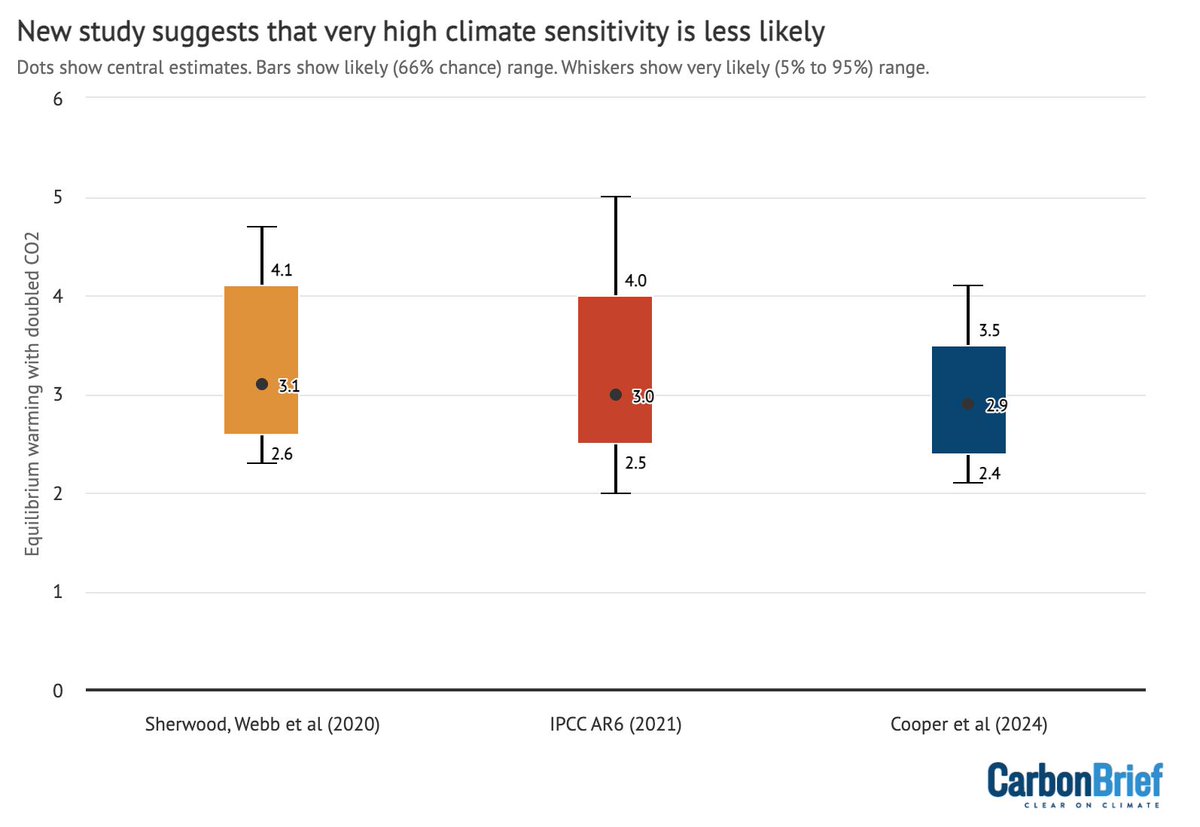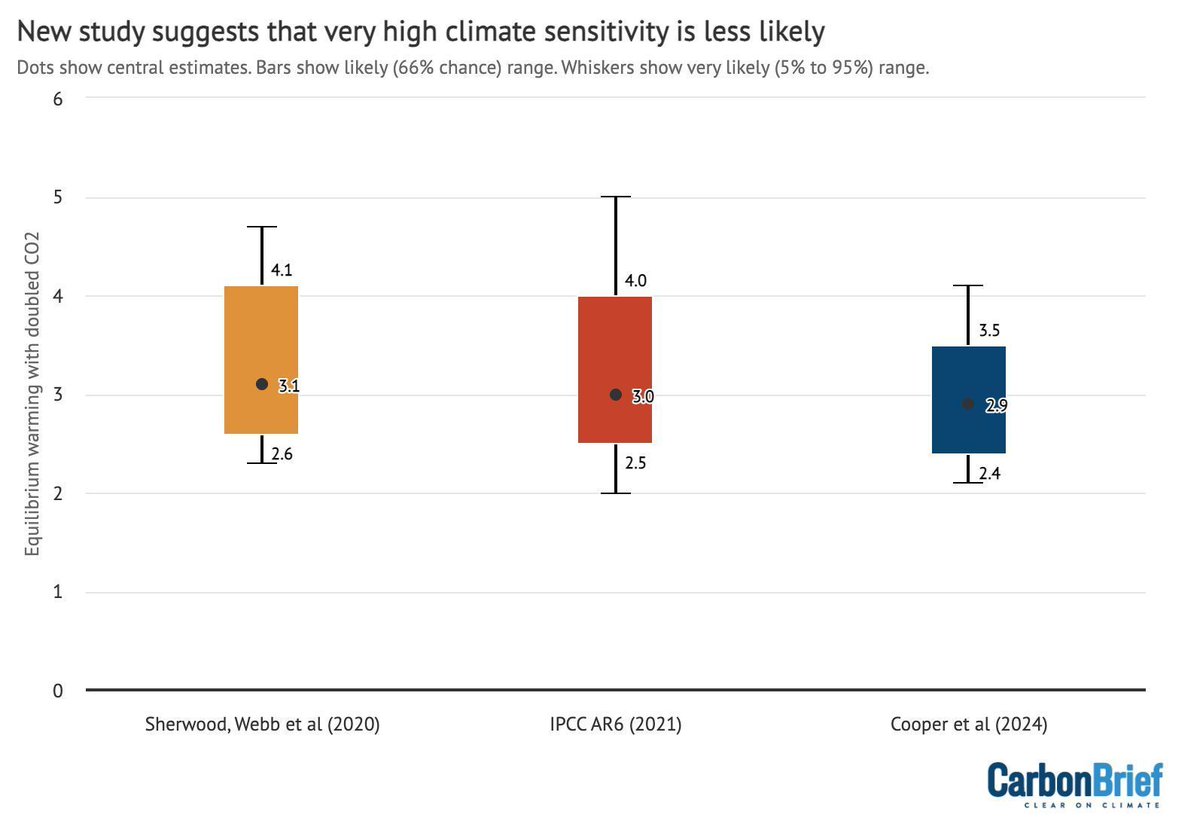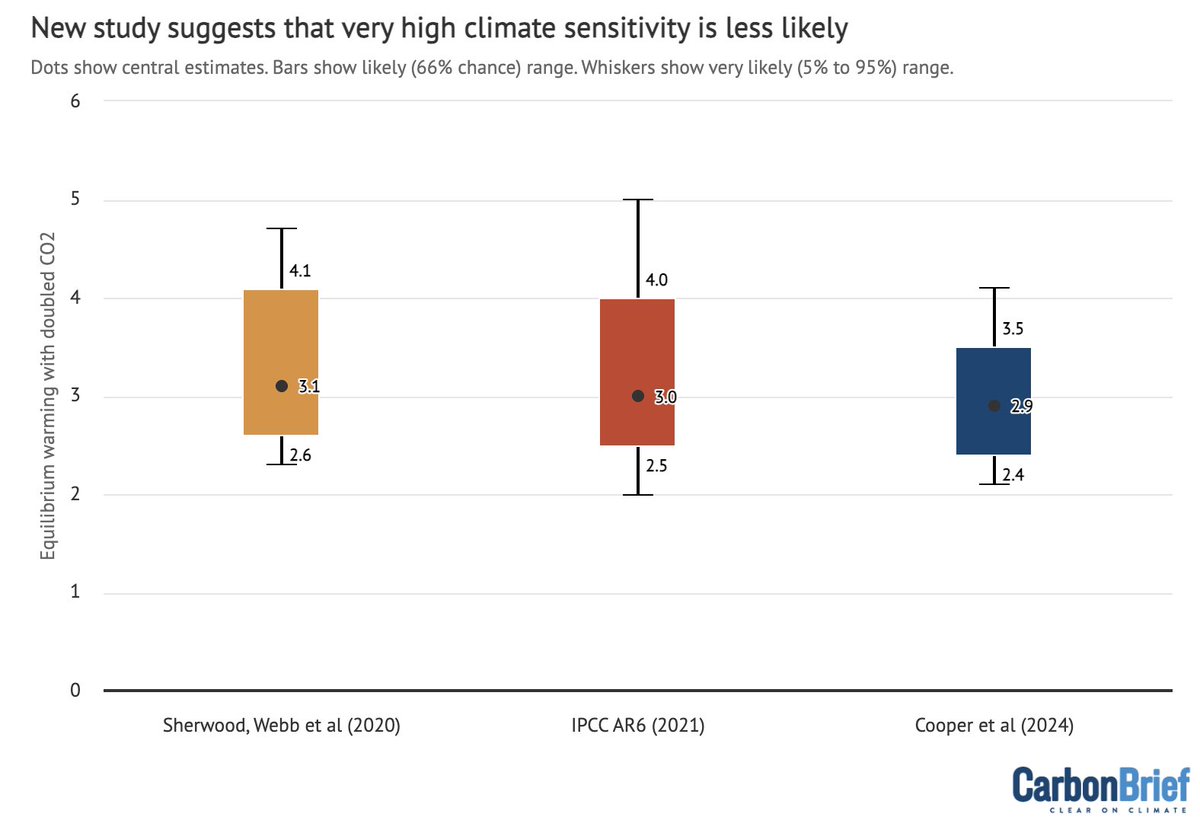
Vince Cooper
@vtcoop
PhD Candidate in Climate Dynamics @UWAtmosSci.
Granville, Ohio. @Harvard. New York. Seattle @UW.
ID: 721414584305905664
http://vtcooper.github.io 16-04-2016 19:06:55
72 Tweet
139 Followers
235 Following

Not sure what this "pattern effect" thing that you've heard about means? Here's a quick read we put together (led by Maria Rugenstein/not on X, Mark Zelinka @PauloCeppi Tim Andrews).



Graduate Student Ursula Jongebloed and Prof. @BeckyAtmChem's new findings are published in the Proceedings of the National Academy showing that North Atlantic marine productivity may not be declining as had been proposed. UW News' Hannah Hickey explains more here: washington.edu/news/2023/11/1…



UW's Vince Cooper has shown that accounting for spatial patterns of temperature change makes the LGM an even stronger constraint, which with other lines of evidence suggests climate sensitivity is very likely between about 2K and 4K. Look for this work soon! eartharxiv.org/repository/vie…

New paper of ours on tropical high clouds is out now! The satellite-observed area feedback, aka “iris” feedback, is not as stabilizing as previously thought. If all else is equal, this would increase climate sensitivity slightly. NSF NCAR CGD Laboratory NSF National Center for Atmospheric Research doi.org/10.1029/2023JD…


I'm excited to share a new paper in Science Advances led by UW's Vince Cooper showing that the last ice age provides much stronger constraints on Earth's climate sensitivity and future warming when ice-sheet driven temperature patterns are accounted for. science.org/doi/10.1126/sc…


Our new paper on tropical cloud feedbacks is out in Nature Geoscience. We show that changes in high cloud area do not provide a negative feedback on climate change like previously thought. Instead, high clouds become thinner with warming, which acts as a... nature.com/articles/s4156…

NEW – Guest post: Ice-age analysis suggests worst-case global warming is less likely | Vince Cooper Kyle Armour Read here: buff.ly/3UHairx


Guest post: Ice-age analysis suggests worst-case global warming is less likely | Vince Cooper Kyle Armour Read here: buff.ly/44rHvKU


Excellent Carbon Brief article by Vince Cooper and Kyle Armour discussing their recent paper finding that new estimates from the last glacial maximum suggest that high climate sensitivity (>4C per doubling CO2) may be less likely than previously thought: carbonbrief.org/guest-post-ice…





